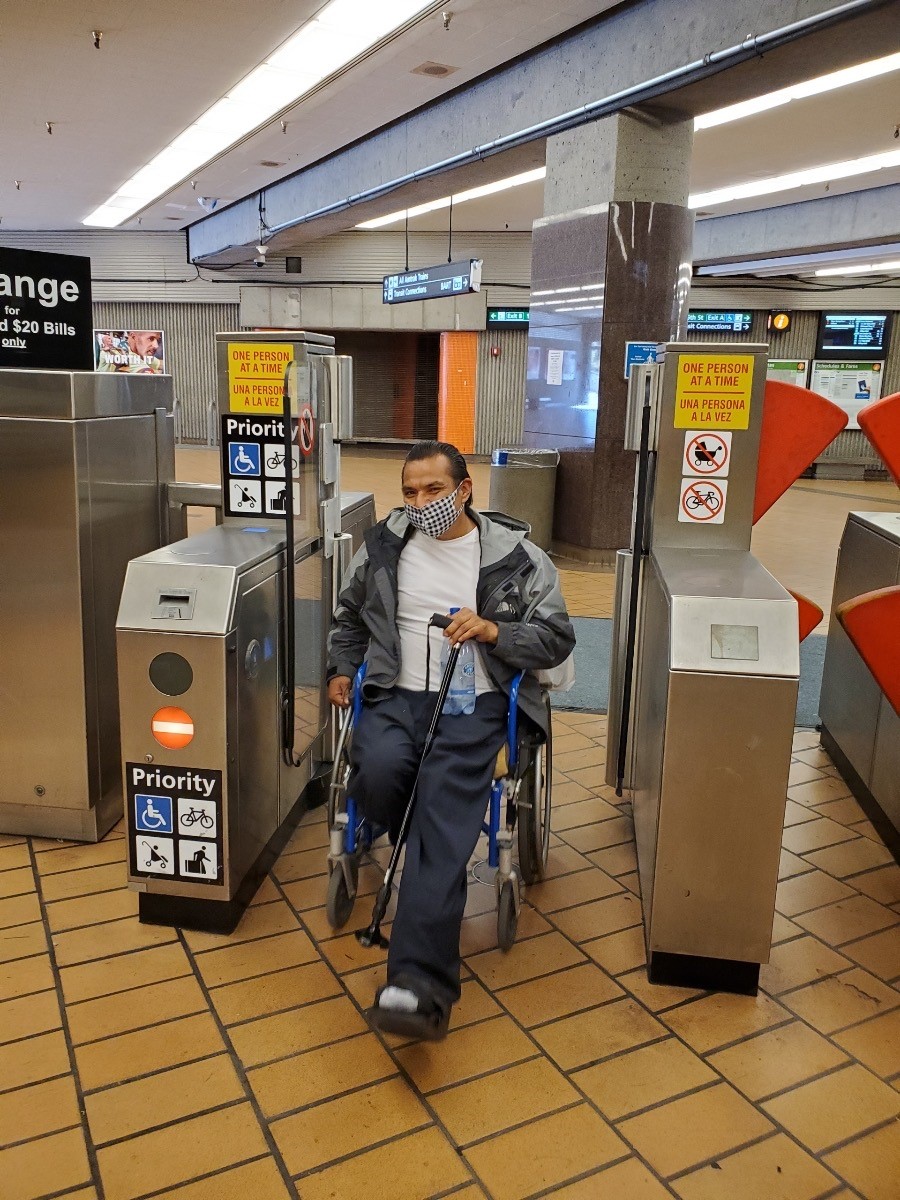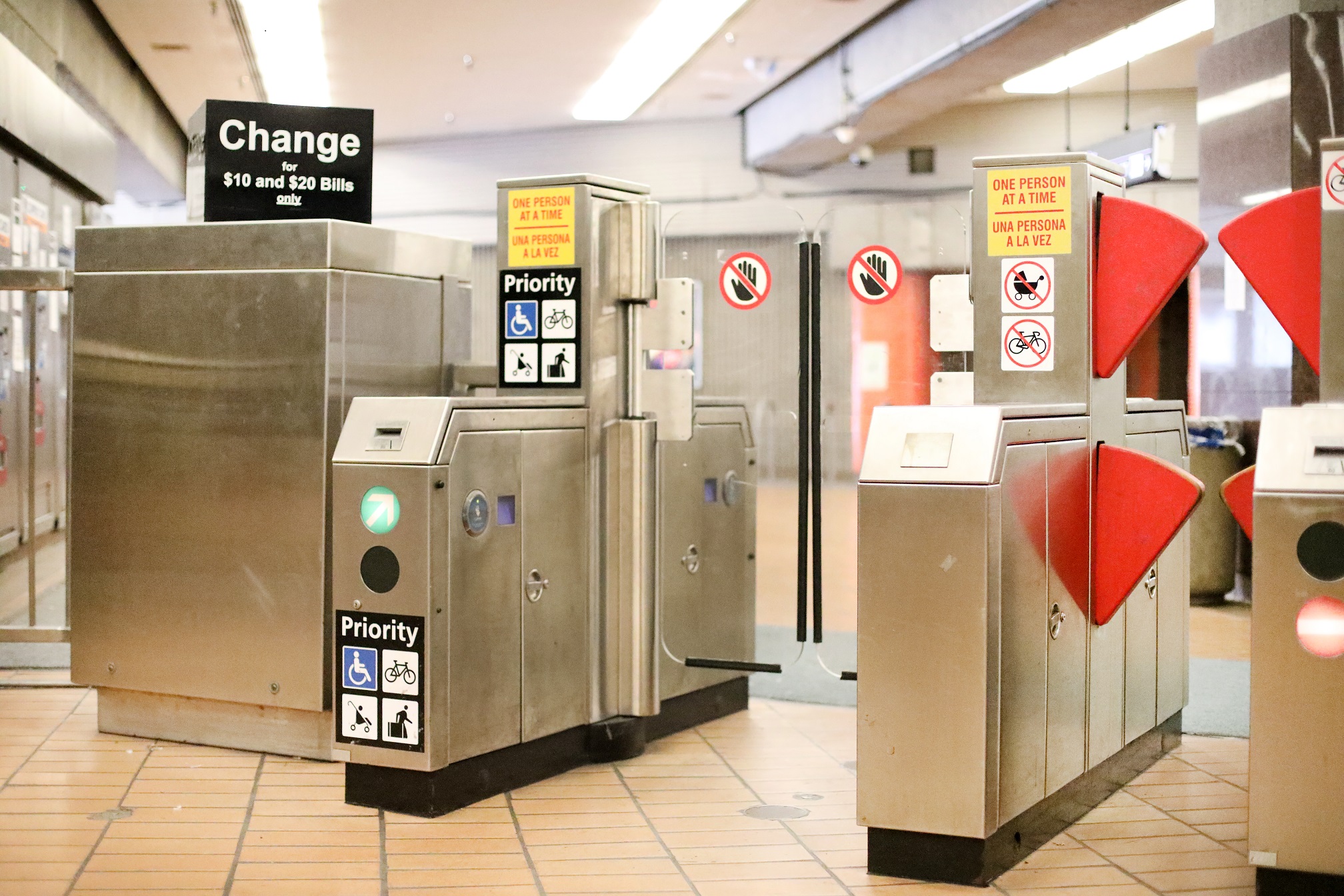BART unveils new swing style fare gate and dramatic savings for systemwide rollout
The Richmond BART Station now has a newly designed accessible fare gate prototype to test BART’s next generation of faregates. The new design is the result of months of innovation by BART staff that has reduced the cost estimate for replacing fare gates across the system from $150 to $90 million, a 40% savings.
The prototype gate includes two 5-feet high swing style barriers that discourage users from pushing through, jumping over, or maneuvering under the gates. These are first-of-its-kind pneumatic swing style barriers. The barriers are operated with air pressure instead of a motor. There are fewer moving parts and the gates can apply as much pressure as necessary to discourage someone from pushing the barriers open. The prototype can process a minimum of 30 riders per minute which is a required benchmark to ensure riders can quickly move through our stations.


The accessible fare gate is for riders who need extra space and time to tag Clipper and pass through, such as people in wheelchairs or with strollers or bikes. The barriers remain open longer than non-accessible fare gates. The BART Accessibility Task Force last week tried out the new fare gates and is offering feedback to staff. The Accessibility Task Force is comprised of members of the public and advises BART on disability-related issues.
In September 2019, the BART Board of Directors voted unanimously to adopt the swing style barrier gate design as the standard for new fare gates. A variety of designs were considered and rated based on reliability, maintainability, throughput capacity, effectiveness against fare evasion, appearance, and ability to easily integrate with Clipper.
The new design developed by BART engineers removes dependency on a single vendor which offers BART more control over the replacement schedule, and cuts time off engineering and deployment. BART currently depends on propriety software but being able to decouple from our current vendor will increase competition among vendors. That is a key factor in the reduced cost estimate for the replacement program.
BART staff will present to the Board of Directors on June 11th the new $90 million cost estimate for fare gate replacement as well as a potential framework of a funding plan and timeline. The staff presentation on June 11th is only for information to update the Board and there will be no Board vote. See the staff presentation here.
BART’s funding proposal includes a mix of BART funds and working with the counties to reprioritize county funds programmed for BART projects such as station modernization as well as identify new funding opportunities. BART will also look to use voter-approved Measure RR Access Program funds to support part of the costs of the fare gate replacement program.